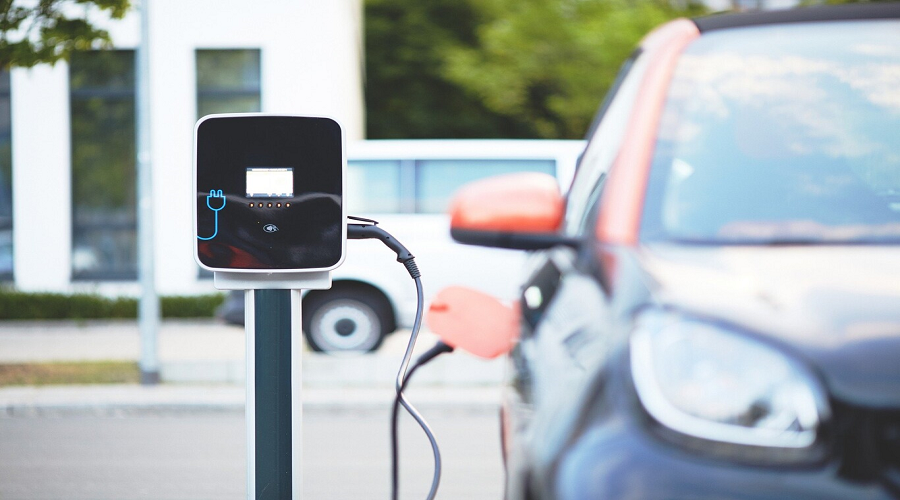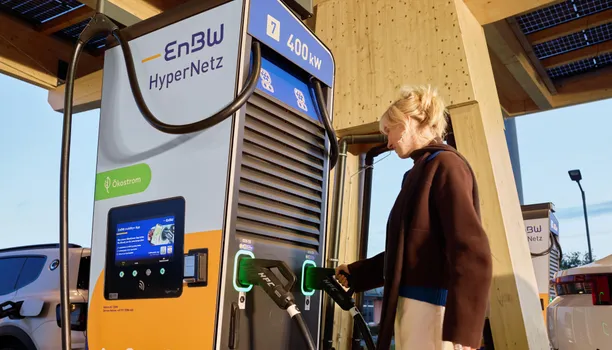Electric vehicle charging infrastructure in Ecuador is facing a regulatory “blind spot”: 20 kW direct current (DC) chargers are not covered under the current regulations.
This omission prevents the establishment of tariffs proportional to their consumption and discourages their installation, even though they represent a key solution for expanding the charging network beyond major cities.
The tariff schedule approved by ARCONEL only classifies DC fast charging from 50 kW upwards, without considering any intermediate power levels.
This means that mid-range chargers must operate under tariff conditions that do not reflect their lower capacity, creating an operational imbalance: the fixed demand charges are similar to those for higher-powered chargers, but with lower usage revenues.
The private sector warns that this gap directly impacts the possibility of expanding the network with more accessible solutions.
“Changing this regulation would allow for fairer tariffs to be applied, which would encourage the rollout of charging points across various establishments,” says Patricio Andrade, representative of Mevo Mobility, in an interview with Mobility Portal Latinoamérica.
A Barrier for Businesses, Municipalities, and Fleets
The lack of an intermediate category affects not only investment decisions but also limits the diversification of business models.
Installing a 20 kW charger is technically feasible in many settings, but the operational costs make it unsustainable without incentives or clear regulations.
Andrade notes that “currently, demand for public chargers is low, which increases operating costs. That’s why we suggest that demand charges be adjusted according to a consumption factor, which would align costs with the growth of charging infrastructure.”
Technical Recognition: Another Pending Issue
Beyond the tariff aspect, Mevo also suggests reviewing the technical scope of the current regulation.
The fact that legal provisions only explicitly refer to 50 kW DC fast chargers, excluding 20 kW models—which, while not “ultra-fast”, still provide reasonably quick charging—is part of the issue.
At the same time, the company highlights the need to align energy policy with the broader set of electromobility promotion measures.
Currently, legislation includes tariff incentives and long-term targets, but the technical frameworks and tariff conditions have yet to be updated to support that growth.
“The country needs to align its regulations with the type of infrastructure that can be scaled in the short and medium term,” explains Andrade.
In his view, this includes not only specific regulations for lower-power chargers, but also revisions to the contractual conditions with distribution companies.
Details of Charging Regulations in Ecuador
The current tariff schedule in Ecuador, approved by ARCONEL through resolution ARCONEL-024/2024, sets maximum rates for electric vehicle charging services.
This regulation differentiates tariffs based on the type of charger but only recognises DC fast charging for equipment rated at 50 kW or more.
Meanwhile, technical regulation ARCERNNR 003/20 outlines the requirements for the installation and operation of infrastructure, but does not introduce intermediate power categories, such as 20 kW DC chargers—which are increasingly used in other countries for fleets, businesses, and regional electromobility.
The result is a technical and tariff vacuum: there are no specific conditions for legally installing or operating mid-power DC chargers.
These must comply with frameworks designed for larger chargers, which increases electricity demand charges and limits their commercial viability.
READ MORE
-
chargecloud Expands Marketplace with AI-Based Support: Cooperation with Lemonflow Technologies
The integration brings 24/7 AI-powered user support, fully embedded into the chargecloud ecosystem, aiming to enhance operational efficiency and service quality for CPOs across Europe.
-
EV transition in Europe slows, but momentum remains after EU climbdown
EU policy flexibility may ease short-term pressure on automakers, yet rising EV sales, infrastructure needs and long-term investment signal that electrification remains the industry’s core trajectory.
-
EnBW and Alpitronic strengthen long-term partnership to scale high-power charging across Germany
The agreement covers fast-charging hardware, joint development of future functionalities and a multi-year maintenance framework to support EnBW’s expanding HPC network.










